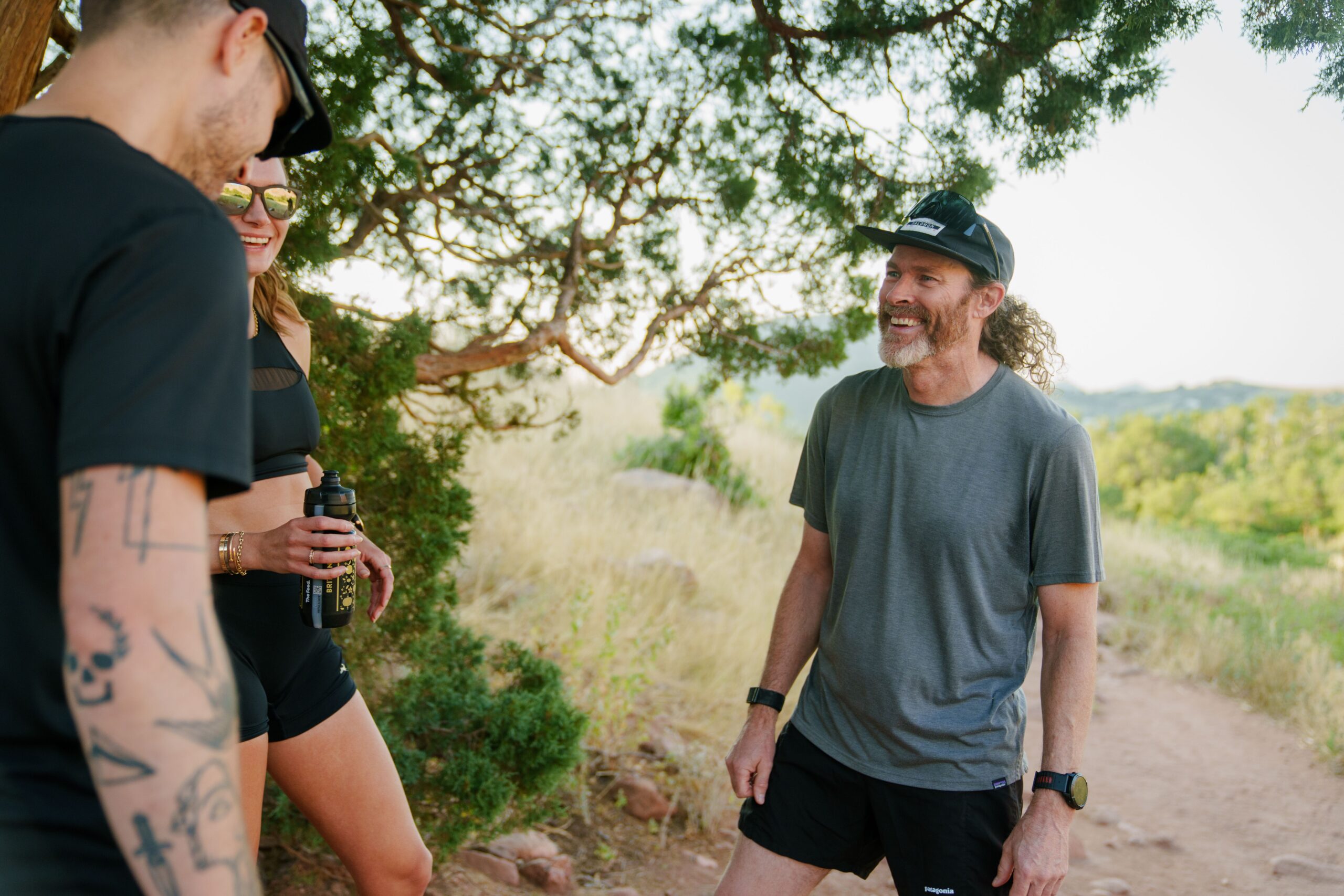The physical demands of cyclists and cyclors take center stage in this episode of the CoachCast. Ben Day, a retired pro cyclist and head performance coach of the American Magic team, shares his insights on his transition from pro cycling to yacht racing and the advent of cyclors crewing race boats.
Cyclors, using their lower-body strength, can produce 30-40% more power than arm grinders, making them more efficient in manipulating sail shapes and setting up the boat for optimal performance. The evolving rules of the America’s Cup have opened the door to the importance of cyclists and the physical abilities they bring to the table.
Learn how absolute power is the key to a great cyclor, and the concerns of watts per kilogram, so critical to World Tour riders, do not apply. Churning out 450 watts for nearly 20 minutes is the baseline for any cyclist or rower looking to take on racing boats skimming the water’s surface at 100 kph. Ben and Dirk also examine the training and nutrition it takes to develop and maintain these efforts to claim the trophy of the oldest international competition still operating.
Standout Quotes
“At the end of the day, the goal is to produce the highest absolute watts that we possibly can. So it’s no longer watts per kilogram, it’s not watts per CdA, it’s just absolute watts. And that’s what we’re chasing here. The standard that we’re looking at at the moment is for over 1,000 watts for 30 seconds, over 540 watts for four minutes, and 440 to 450 watts for the 20-minute mark. That’s sort of like our standard of, like, let’s have a chat.”
“What we see is that using the lower body legs, glute, muscles, quads, the guys are producing 30% to 40% more power than what the upper body arm grinders are doing.”
“So we have the Quarq power meters on board and Hammerhead head units as well. Okay, so we have a Hammerhead head unit on each bike on the boat, and that automatically gets sent up into the cloud. When we come dockside, we have 5G networks everywhere that are picking up all this telemetry. Like, cycling has a lot of telemetry. Add in millions and millions of data pieces per second for everything that’s happening on the boat as well. But yeah, so we’re collecting that data from each cycle or on the boat, and then we’re trying to interpret that. It’s a very stochastic file. It’s like looking at a criterium or a Paris-Roubaix or something like that, where there’s a lot of peaks and a lot of chaos almost. There’s not a lot of sustained efforts. There are a lot of changing power demands throughout a sailing session.

American Magic and Ben Day Online
American Magic
Team Website
Instagram
YouTube
Facebook
Twitter



